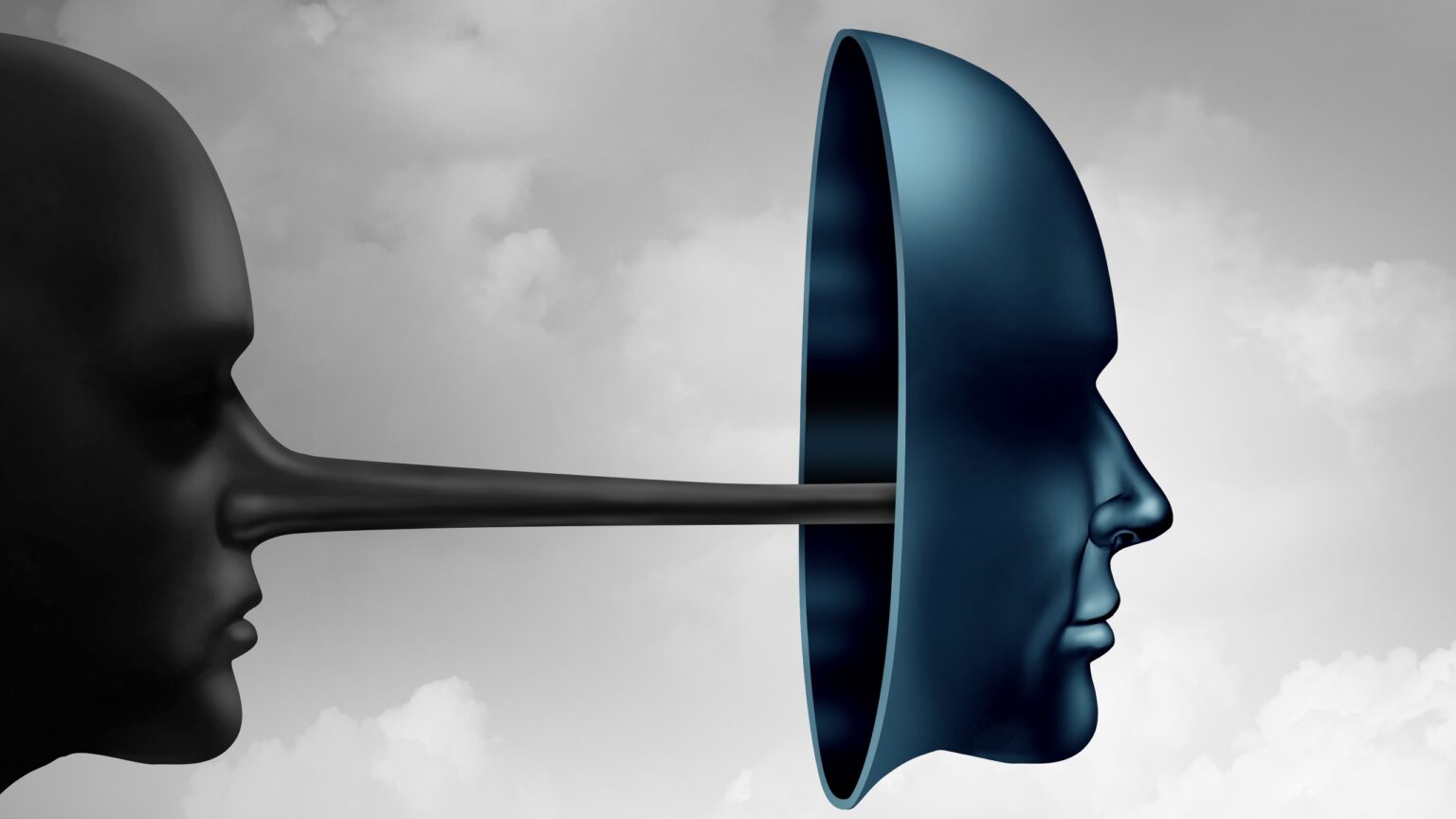In an era where artificial intelligence (AI) seamlessly melds fact with fiction, discerning the real from the fabricated becomes challenging. Adobe, collaborating with industry stalwarts, has introduced a new symbol.
This initiative, stemming from the Coalition for Content Provenance and Authenticity (C2PA), aims to illuminate the origins of digital content, whether human-made or AI-generated.
The “CR” Symbol: A Step Towards Transparency
Adobe’s unveiling of the Content Credentials symbol, represented as a lowercase “CR” encased in a curved bubble, is significant. However, this symbol isn’t merely a design. Embedded within it is metadata that provides insights into the tools and processes behind a piece of content’s creation.
Adobe, in collaboration with the Coalition for Content Provenance and Authenticity (C2PA), has launched the “icon of transparency.” This symbol – embeddable in images, videos, and PDFs – reveals content provenance, including its creation via AI tools. When viewers encounter this… pic.twitter.com/jYzafrvsLi
— Shelly Palmer (@shellypalmer) October 11, 2023
However, users aren’t mere spectators to this feature. By interacting with the “CR” icon, they can access a detailed breakdown of the content’s history. For those seeking a deeper understanding, Adobe provides a platform to explore this metadata further.
Moreover, the symbol’s presence doesn’t vouch for the content’s authenticity. It offers a transparent pathway to the content’s origins but doesn’t certify its truthfulness.
Challenges Ahead: The Digital Landscape
The journey Adobe and C2PA have embarked upon is challenging. The voluntary nature of the symbol’s adoption implies that not all content will carry this mark. Moreover, if even one tool in the content’s creation chain doesn’t support Content Credentials, there could be gaps in the metadata.
However, there’s optimism since the C2PA initiative has garnered support from industry leaders. For instance, Microsoft is transitioning from its watermarking system to adopting the C2PA’s approach.
In addition, the introduction of this symbol is timely. As AI’s capabilities grow, distinguishing genuine content from AI-generated material becomes increasingly complex. Here, the symbol is a guiding beacon, aiding users in informed content consumption.
The Broader Implications and Future Directions
The rise of AI-generated content, especially deepfakes, has sounded alarms across various sectors. These AI creations, often indistinguishable from genuine content, have the potential to mislead and misinform. Recognizing this, companies like Google have introduced markers like SynthID to identify AI-generated content within metadata. Similarly, Digimarc has launched a digital watermark to track data usage in AI training sets.
In other news, Google is developing a genAI image program in their cloud called “Imagen” and pushing a new AI detector and digital watermark “SynthID” in the same paragraph.
Welcome to the future: We’re the problem and the solution! pic.twitter.com/E3gluIN4GZ
— Anaïs is reading (@anaisisreading) October 7, 2023
These endeavors underscore the urgency of addressing the proliferation of deceptive AI-generated content. Politicians and regulators are actively exploring ways to curb the misuse of such content, especially in sensitive areas like campaign advertising. Adobe and other tech giants have even entered into a non-binding agreement with the White House to develop watermarking systems to identify AI-generated content.
Yet challenges persist since watermarks, for instance, have been relatively easy to bypass. The voluntary nature of the “CR” symbol means not all content will bear it.
Furthermore, while the symbol provides a trail to the content’s origins, it doesn’t guarantee its authenticity. As Mark Wilson of Fast Company aptly points out, the symbol merely indicates the presence of Content Credentials metadata.
A Step Forward, But Vigilance Is Key
Adobe’s initiative, backed by C2PA, is a commendable step towards addressing the challenges posed by AI-generated content. Offering a transparent trail to a content piece’s origins gives users a tool to make informed decisions.
However, its success hinges on widespread adoption and user discernment. In this digital age, trust in content isn’t solely about its source but also the ability to critically evaluate, verify, and understand it.
Consequently, tools like the Content Credentials symbol are invaluable as navigation in this evolving landscape continues. However, collective vigilance and critical thinking remain the best defenses against misinformation.









 and then
and then